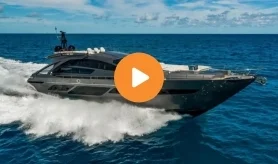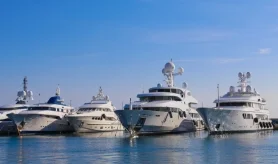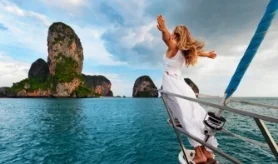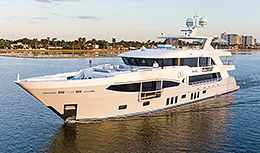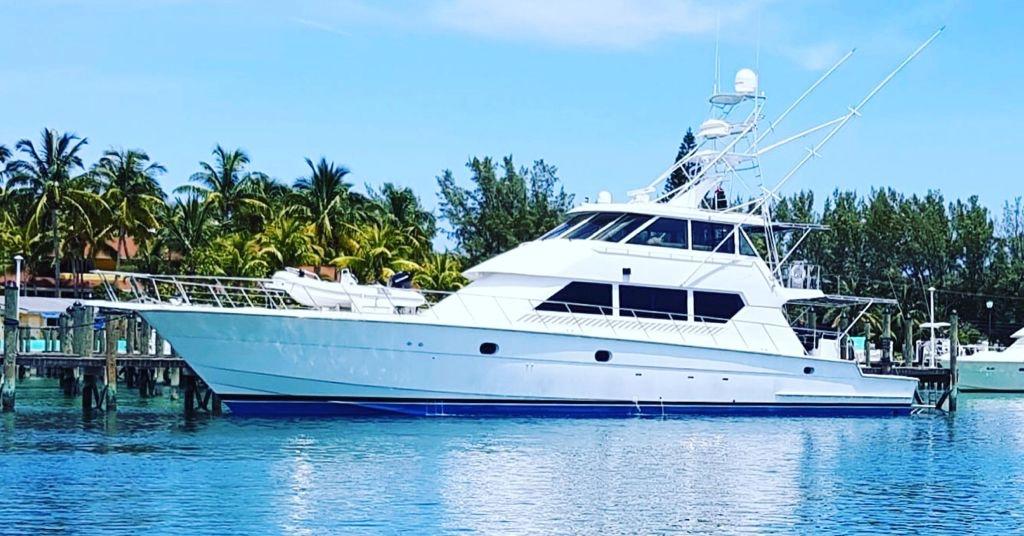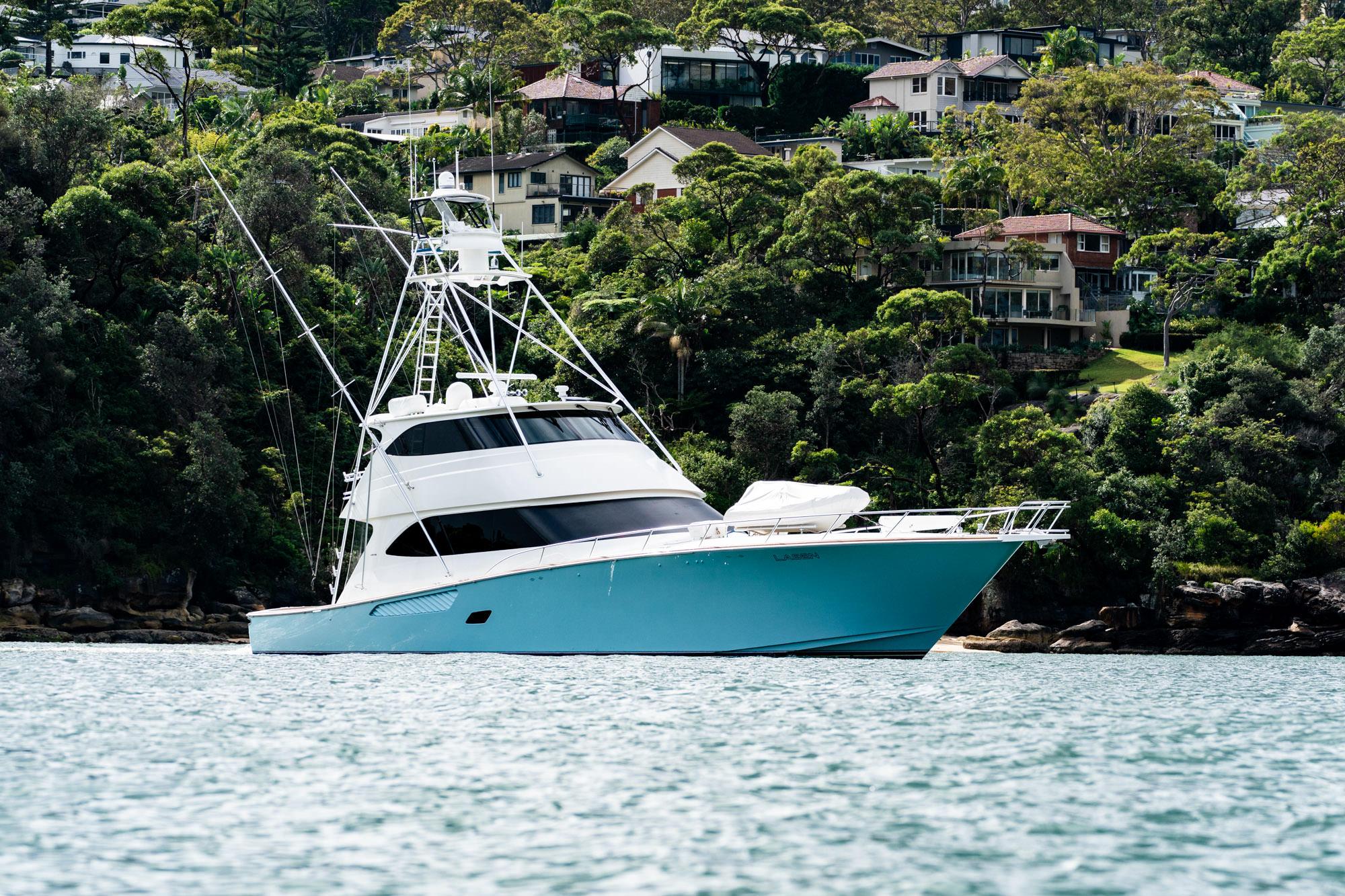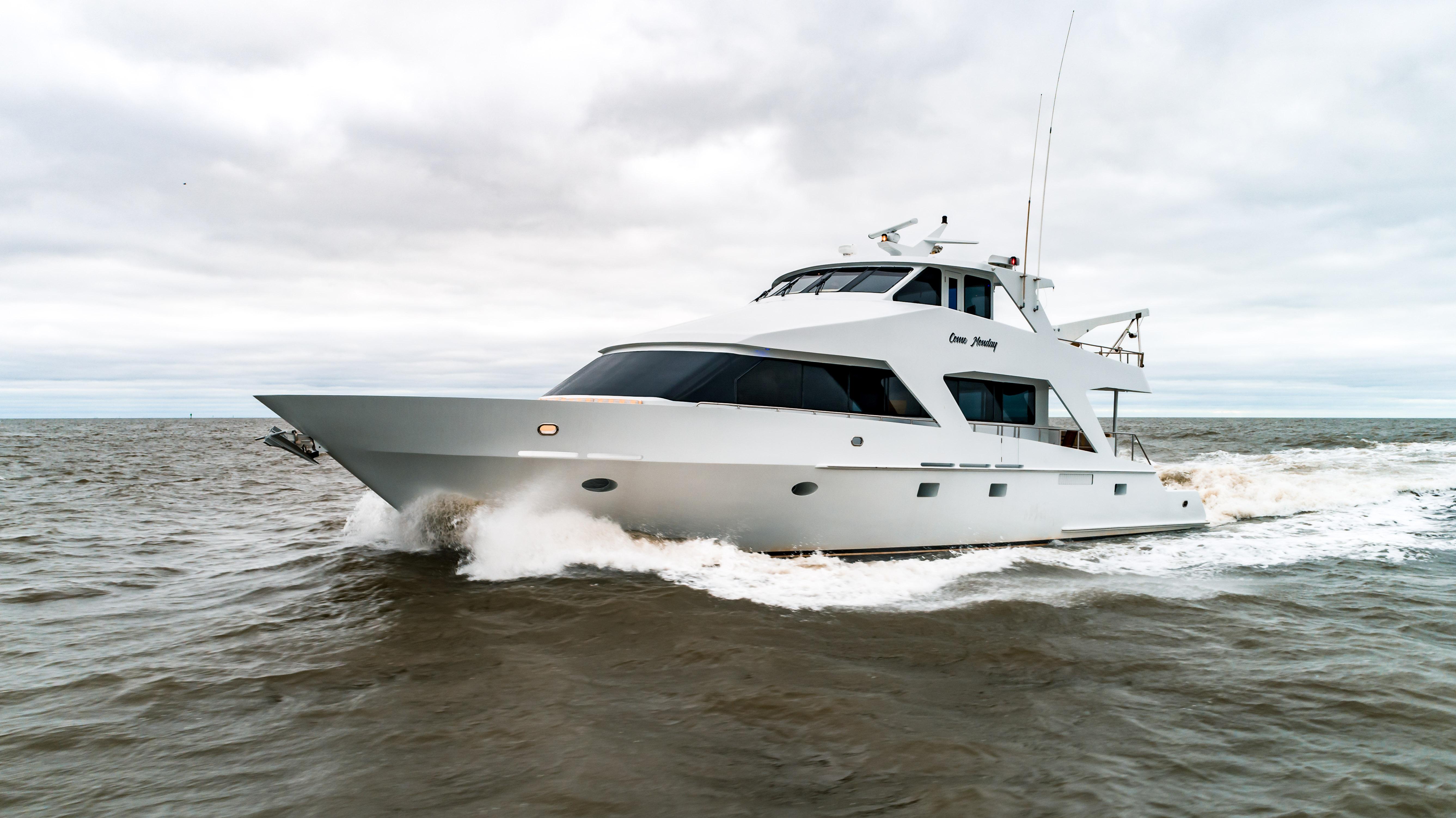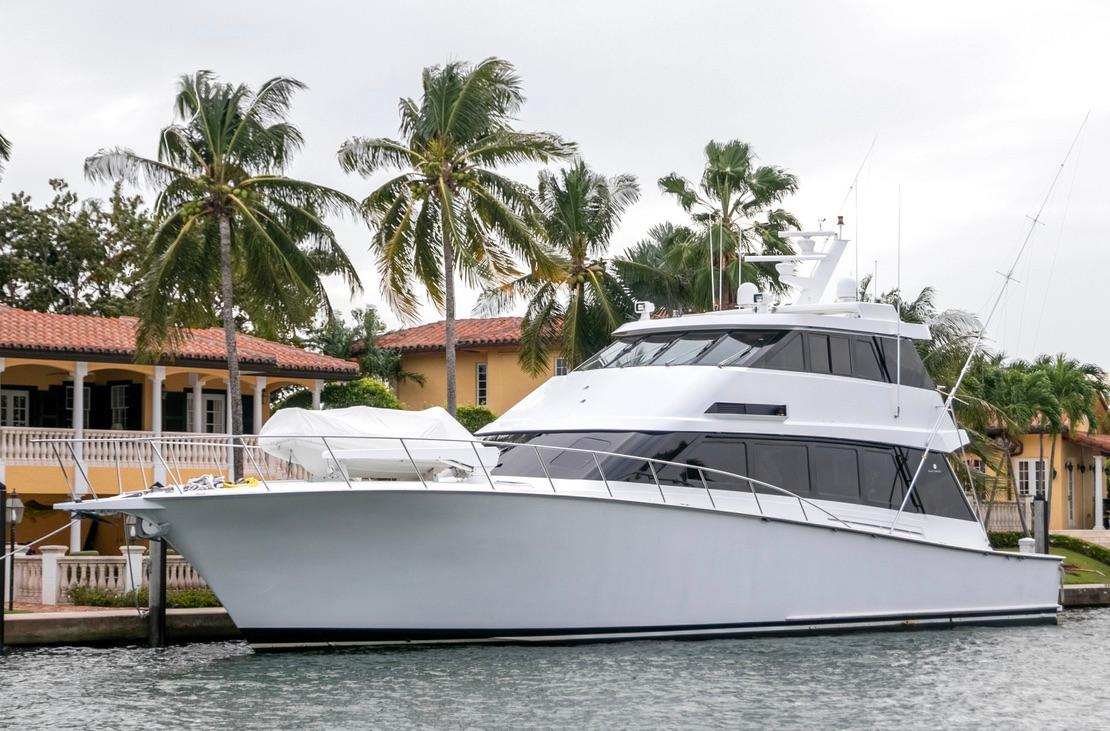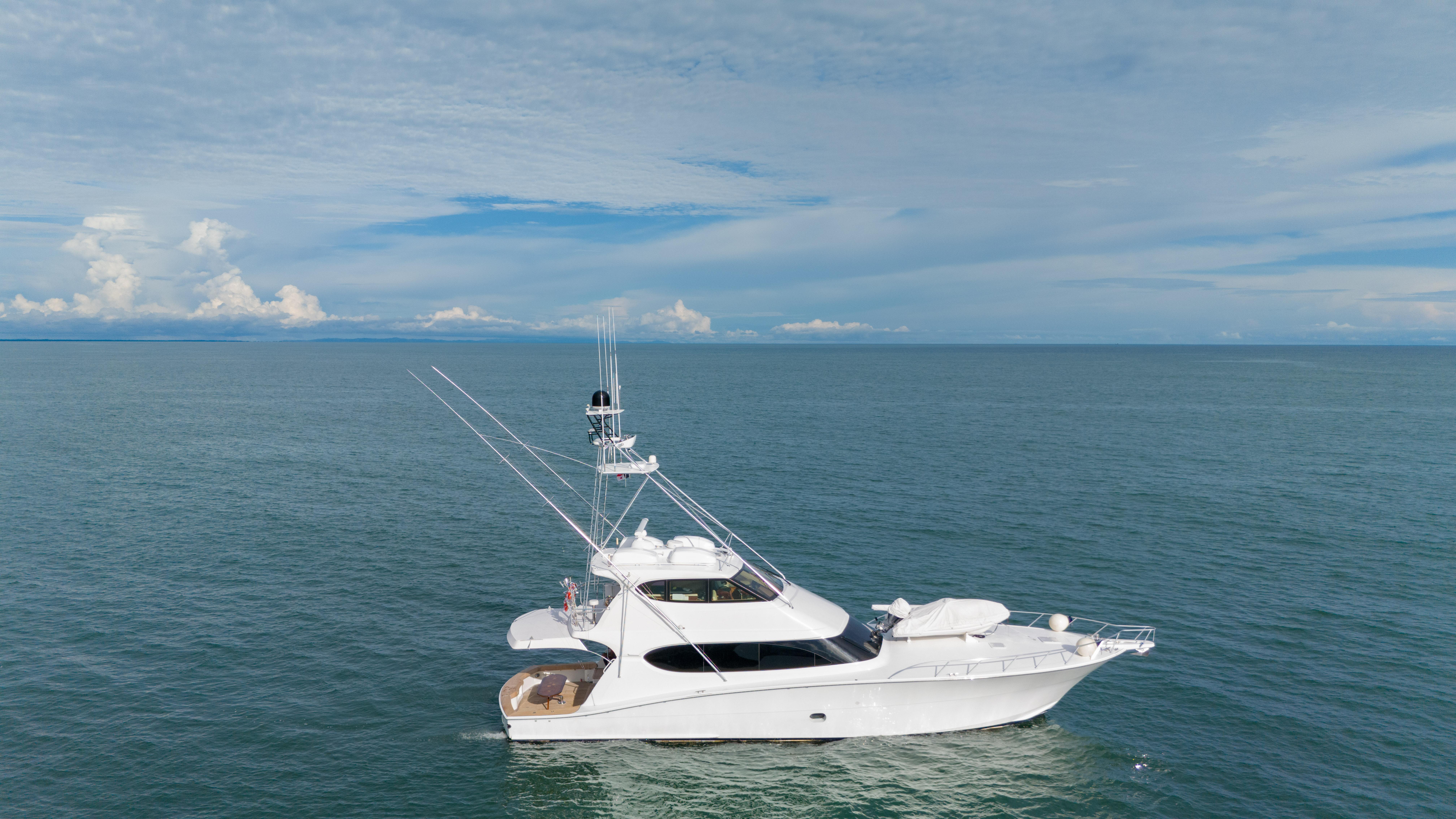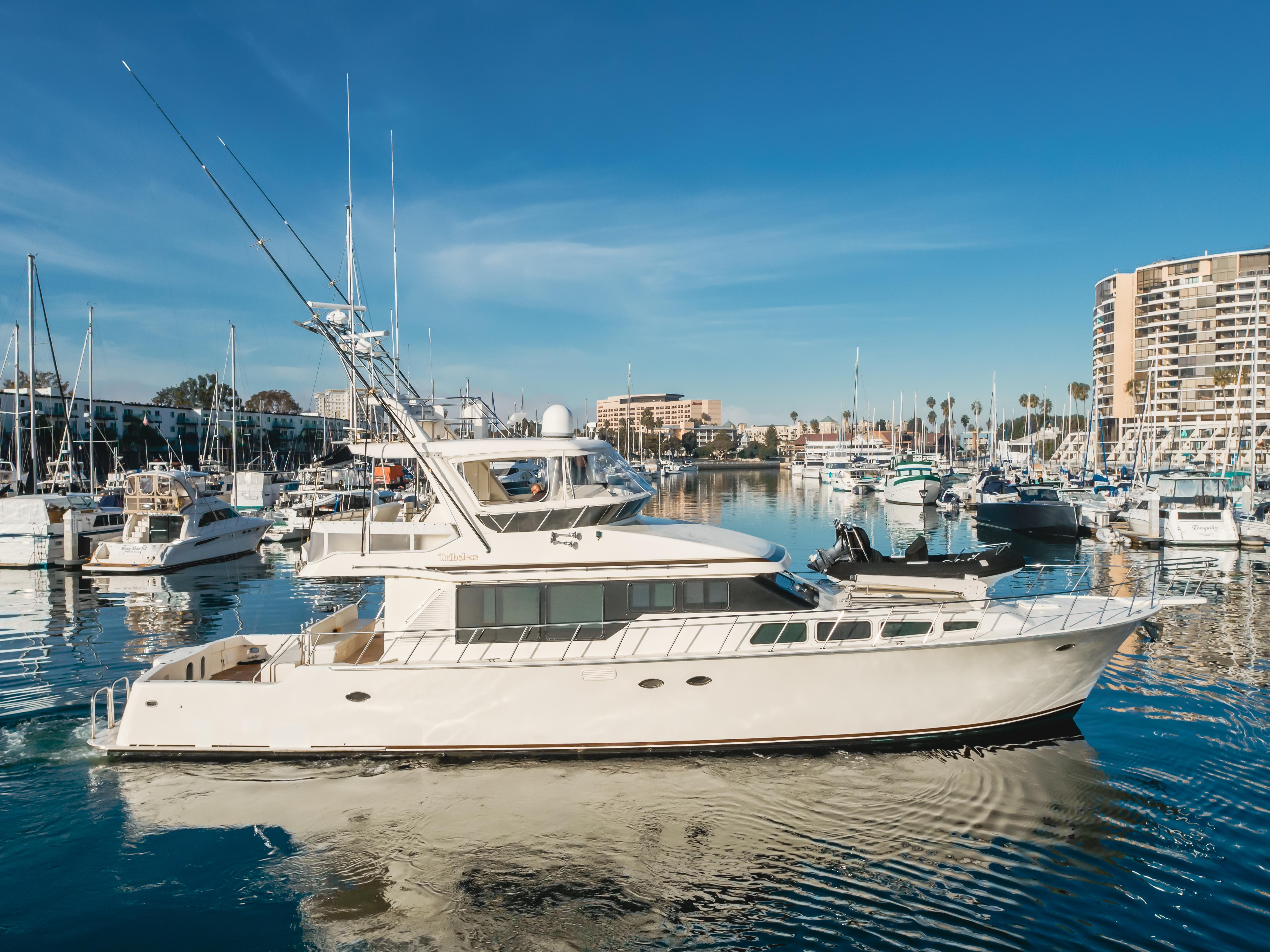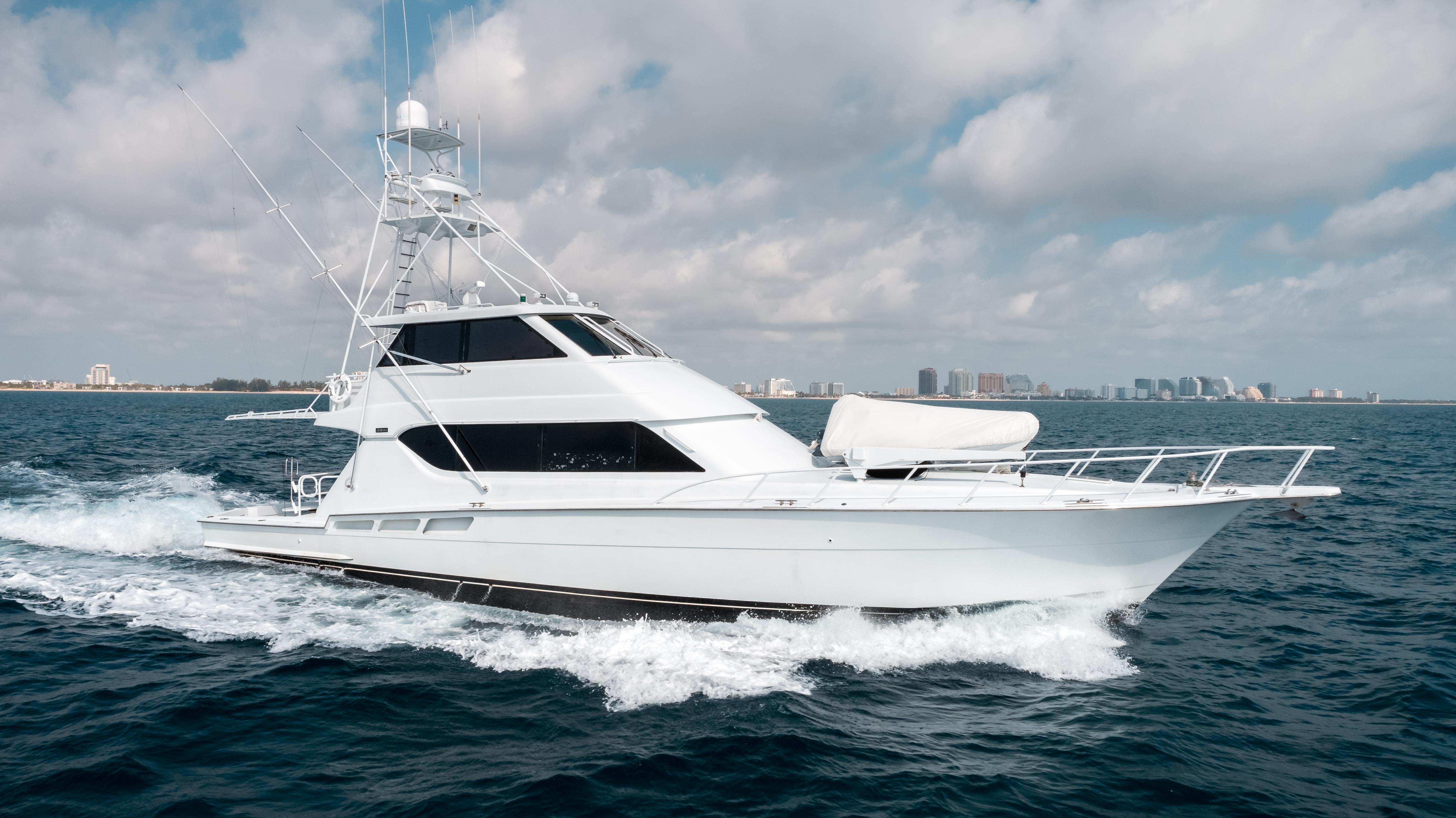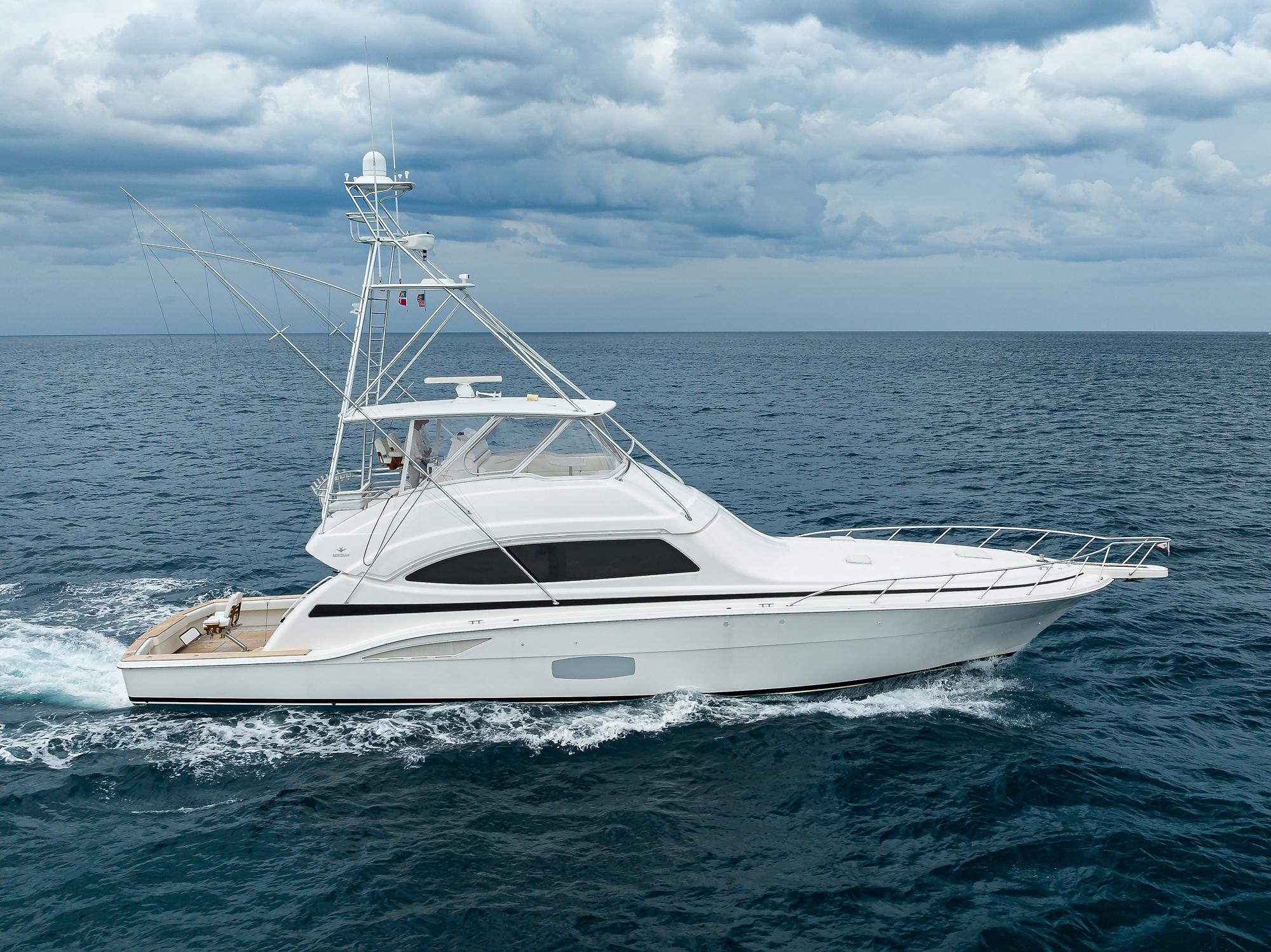- Alaskan Yachts
- Azimut Yachts
- Back Cove Yachts
- Beneteau Yachts
- Benetti Superyachts
- Bertram Yachts
- Boston Whaler
- Broward Yachts
- Buddy Davis Sportfish
- Burger Yachts
- Cabo Yachts
- Catamarans
- Carver Motoryachts
- Center Console
- Chris-Craft Yachts
- Cruisers Yachts
- DeFever Trawlers
- Dufour Sailboats
- Fairline Yachts
- Feadship Yachts
- Ferretti Yachts
- Formula Yachts
- Fountaine Pajot Cats
- Grady-White
- Grand Banks Trawlers
- Hargrave Yachts
- Hatteras Yachts
- Hinckley Picnic Boats
- Horizon Yachts
- Hydra-Sports
- Intrepid Boats
- Jarrett Bay Sportfish
- Jeanneau Yachts
- Kadey-Krogen Trawlers
- Lazzara Yachts
- Lekker Boats
- Luhrs Sportfish
- Marlow Yachts
- Maritimo Yachts
- Marquis Yachts
- McKinna Motoryachts
- Meridian Yachts
- Midnight Express
- MJM Yachts
- Mochi Craft
- Neptunus Motoryachts
- Nordhavn Trawlers
- Nordic Tugs
- Numarine Yachts
- Ocean Alexander Yachts
- Offshore Yachts
- Outer Reef
- Oyster Sailing Yachts
- Pacific Mariner Yachts
- Palmer Johnson Yachts
About Sportfish Yachts
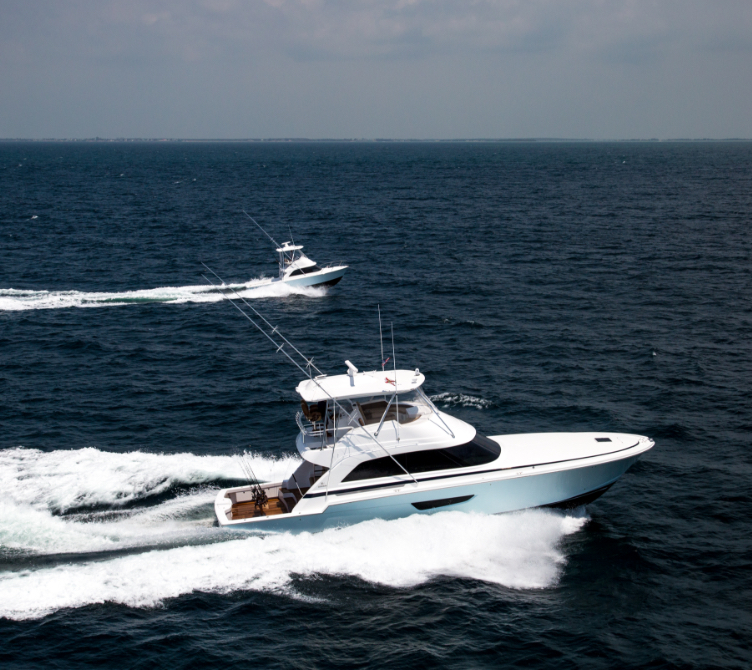
Sportfish Characteristics: Sportfish are generally defined as powerboats with a cockpit for fishing in the aft, designed for getting to fishing grounds fast, with a hull design capable of cruising through any sea conditions. Some sportfish yachts are equipped with tournament fishing options such as tuna towers, kill boxes, large tackling stations, ice makers, and live bait wells. Big fish and deep waters — those are the two big reasons to own a sportfishing boat. These larger boats are designed for multi-day outings with family or friends, heading far offshore in search of the biggest fish in the deepest waters.
Often equipped with sleeping berths, a galley for cooking and plumbing for convenience, they have the capacity to cruise long distances and stay on the water for days.
A flybridge with elevated helm typically helps to spot flotsam or fish, and they have a large fishing deck aft. Sportfishing boats typically are adorned with outriggers, towers, cavernous fish lockers, bait freezers, bait-sustaining livewells and tuna tubes, and other specialized gear for reaching, finding, hooking, fighting and boating the biggest fish.
Sportfish Construction & Hull Design: One of the most important factors in enjoying a sportfish boat and staying safe on the open sea is the design and construction of a sportfish’s hull.
In the fishing world, monohulls comprise flat-bottom skiffs, moderate-V and deep-V boats. Multihull boats have also gained a foothold among anglers because of their deck space and stability at rest. Flat hulls might be easiest to build and have more initial stability per weight, but they also generally flex more and handle waves rather harshly.
As designers increase the angle of the hull to form a V, the vessel’s rough-water ride improves. A standard moderate-V hull carries a deadrise angle of 15 to 20 degrees at the transom. Deep-Vs generally start at 21 degrees and go up to about 26.
The final category is the variable-deadrise hull, where the lowest or deepest section of the hull forms a steep angle, and each subsequent section between the longitudinal strakes (the ridges that run fore and aft) angles less and less. The theory is that such a graduated deadrise puts the deepest angle at the keel, which lessens impact. Flattening the deadrise as it approaches the chines (where the hull bottom meets the sides) then provides some of the stability benefits of a flatter hull.
Sportfish Power Options: Powered by big outboard, sterndrive, pod drives or inboard diesel engines, many of these boats can cruise for hours at 30 knots or faster. Nowadays, most of the top production manufacturers like Viking, Hatteras, Bertram, Cabo, etc. have boats that will top anywhere from 35-38, some even hitting 40 knots. Custom builders that use cold- molded construction techniques make boats that will cruise at high 30s and low 40s and bump the 50 knot mark wide open. It takes big motors and a lot of fuel to do that, but they’re capable of it if you’re willing to pay the price to get where you want to comfortably.
Ocean-Cruising on a Sportfish: Sportfish boats are well suited for offshore fishing and cruising. They often have large cabins, galleys and berths and are perfect for pleasure cruises and deep-sea fishing.
Featured Sportfish
82' Hatteras 2000 | MAHA
82' Viking 2011 | LITTLE AUDREY
82' Breaux Brothers 2003 | BUSINESS TRIP 2
80' Palmer Johnson 1997 | CHAIRMAN
77' Hatteras 2008 |
74' Viking 2007 |
70' Mikelson 2002 | Tribeless
70' Hatteras 1999 | Sea Dancer
70' Bertram 2014 | Goin Deep
